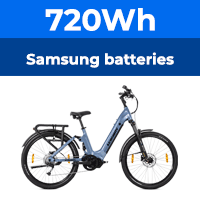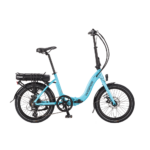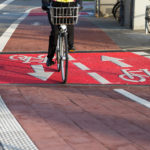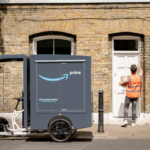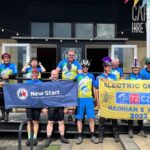I understand that hub motors like to run at fairly high speed to gain optimum performance and efficiency.
In this scenario there are two similar bikes. Both using the same battery and hub motor, but one has a 20A controller and the other 40A.
Now if both were to tackle the same steep hill on full throttle only, which would use the least amount of battery power?
I'm kind of guessing that even though the 40A controller has the potential to draw more amps, it would be in the high efficiency range more of the time and it wouldn't draw its max all the time.
The 20A would bog down more and therefore be drawing it's maximum amps most of the time.
There is also the time it takes for each set-up to reach the top. The quicker it achieves this, the quicker the motor and battery has a rest.
I could be utterly wrong about this, but is more better in this case?
In this scenario there are two similar bikes. Both using the same battery and hub motor, but one has a 20A controller and the other 40A.
Now if both were to tackle the same steep hill on full throttle only, which would use the least amount of battery power?
I'm kind of guessing that even though the 40A controller has the potential to draw more amps, it would be in the high efficiency range more of the time and it wouldn't draw its max all the time.
The 20A would bog down more and therefore be drawing it's maximum amps most of the time.
There is also the time it takes for each set-up to reach the top. The quicker it achieves this, the quicker the motor and battery has a rest.
I could be utterly wrong about this, but is more better in this case?
Last edited:


